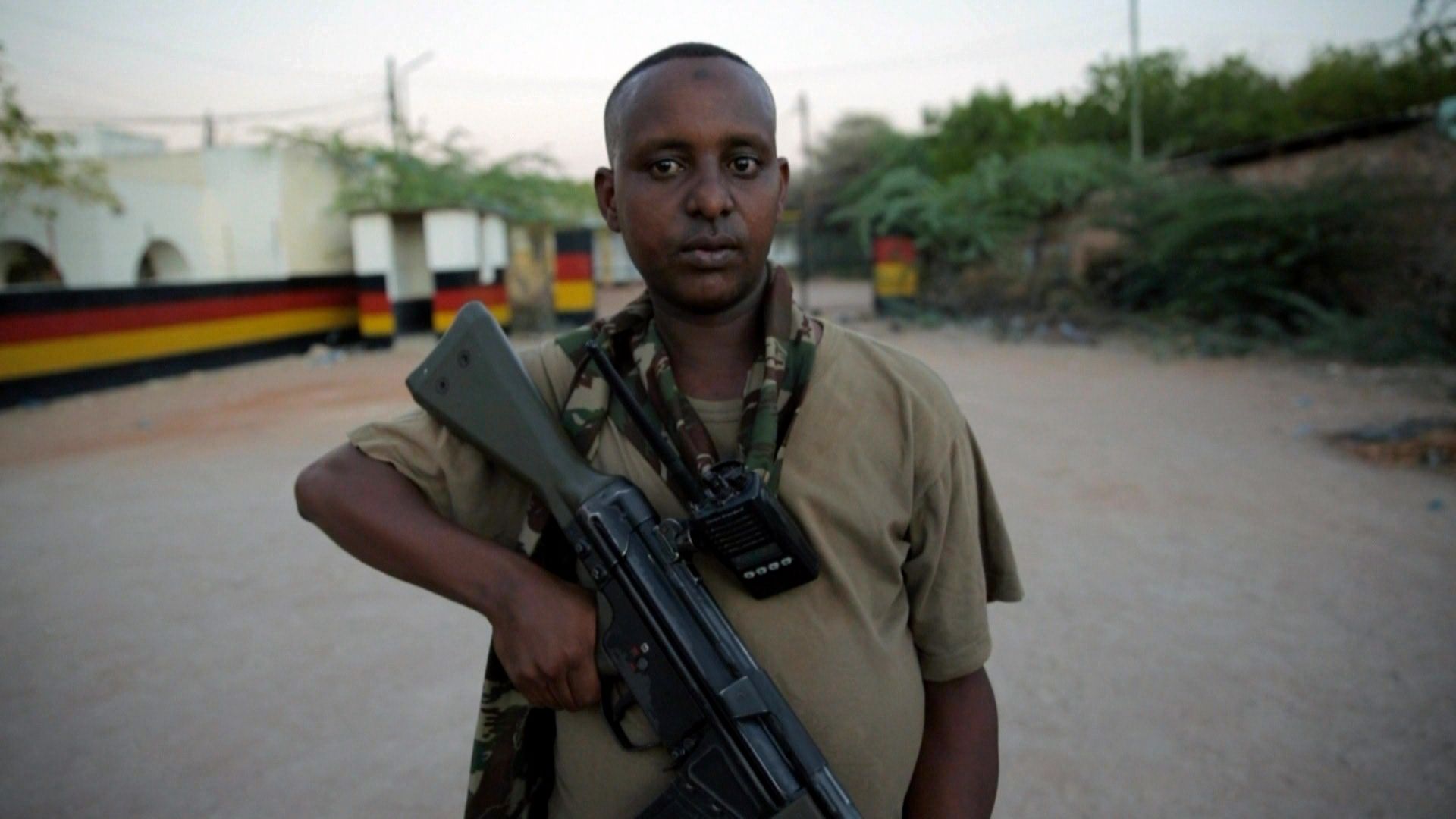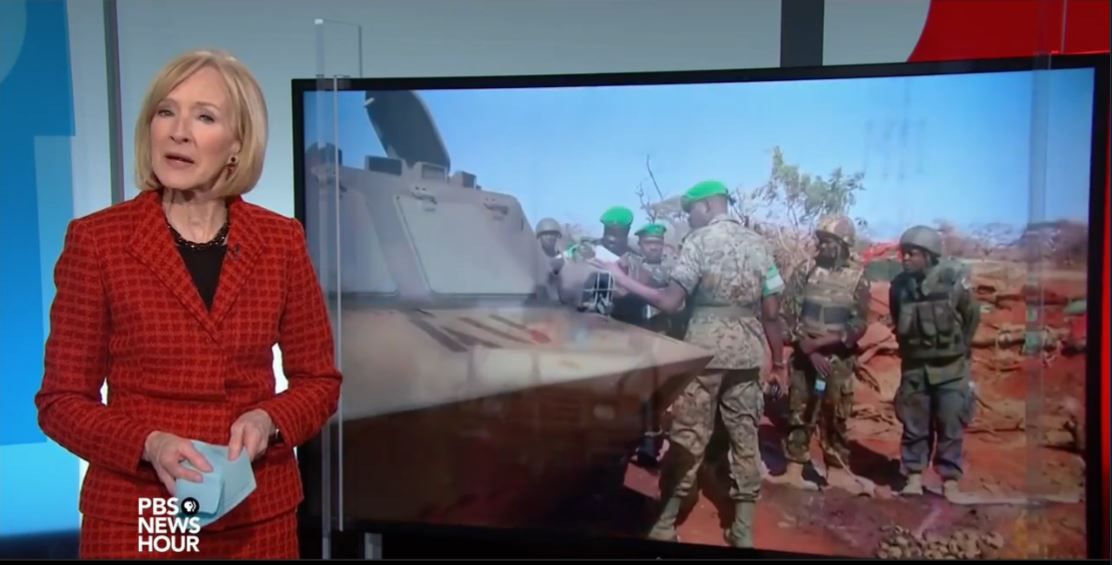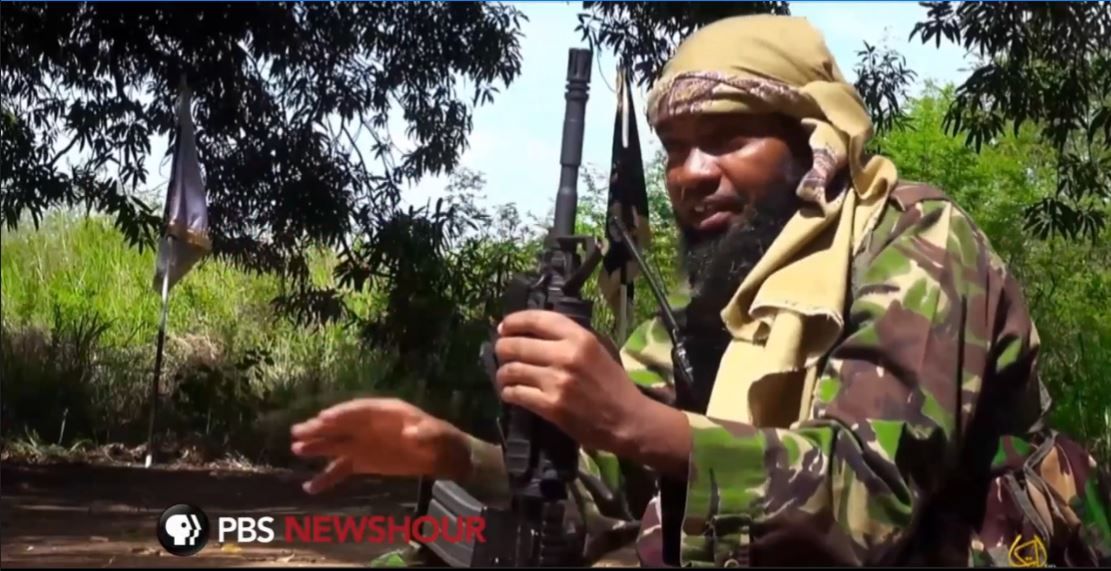Objective:
Students will be able to summarize three reports on Al Shabaab’s activity in Kenya in order to analyze how journalists communicate an analysis exploring the causes and potential solutions for terrorism in northern Africa
Warm-up:
1. The Merriam-Webster dictionary defines violence as “a great destructive force or energy.” On your own, or with a partner, make a list of places you see violence in your community. This can be physical violence and/or emotional violence (causing emotional distress).
2. Select one issue from your list. Write complete responses to the following questions about that issue:
- Who is involved in this violence?
- What do you think is causing this violence? Why might these people/groups be involved in this violence?
3. Write a 1-3 line summary of the issue you’ve explored in your warm up. Think: How would I describe this situation to someone that is not part of my community?
4. Imagine you were going to create a short documentary about this violence in your community. Make a list of who you would need to interview and what questions you would ask those people. Be prepared to share your responses with the class.
Introducing the Lesson:
Today’s lesson analyzes how journalists Nick Schifrin and Zack Fannin investigate the causes and consequences of terrorist attacks in Kenya by Al Shabaab, a militant Islamist group that is based in Somalia and linked to Al-Qaeda. “Terrorism” is defined by the Merriam Webster dictionary as “the use of violence and intimidation in the pursuit of political aims.”
1. Predict: Write your responses to the following questions:
- What do you think might be the political aims of this group?
- What questions might Shifrin and Fannon investigate as part of their project.
2. Check your answers by reading the attached project description, “How Al Shabaab Keeps Kenya in its Crosshairs.”
3. Make a list of additional questions you have about the project. Keep these questions in mind as you explore the project resources.
As you review the lesson, keep in mind the violent dynamic you described in your warm up. Consider: How do the causes and consequences of the violence in your own neighborhood compare to what Kenyans are facing?
Introducing Resource 1: “Al Shabaab Exploits Kenya’s Divisions to Wage War”
1. Use the title to predict the main idea of this story.
2. Watch the the film “Al Shabaab Exploits Kenya’s Divisions to Wage War” from PBS Newshour and answer the questions attached.
3. After viewing, write a 1-3 line summary of the film that articulates the main idea that the authors explore in their film.
Introducing Resource 2: “ How Al Shabaab is Recruiting Young Men from Kenya”
1. Use the title to predict the main idea of this story.
2. Watch the the film “Al Shabaab Exploits Kenya’s Divisions to Wage War” from PBS Newshour and answer the questions attached.
3. After viewing, write a 1-3 line summary of the film that articulates the main idea that the authors explore in their film.
Analysis:
1. On your own, or in partners, compare the causes and consequences of the violence facing Kenyans to the violence you are seeing in your own community.
2. Fill out a Venn Diagram that designates one circle for your community and one circle for Kenya to guide your discussion:
Extension Activities:
Option 1: Write a short essay the compares and contrasts violence in your community with terrorism in Kenya. As part of your essay, make suggestions for how to combat violence in both communities. Support your suggestions with evidence from the films.
Option 2: The police, the youth and the community had different reasons for wanting to stop the violence from Al Shabaab. Imagine, how would each of those groups of people tell their communities about the danger of Al Shabaab? Create a series of 5-10 tweets that can be used by each of the following groups to combat the work of Al Shabaab:
- The Kenyan police
- A community organizer in Kenya
- A Muslim teen in Kenya
Option 3: Use the examples of community-based work being done in Kenya to educate youth about Al Shabaab to create your own plan for ending the violence you see in your own community. Come up with a plan that uses multimedia, writing and in-person work. Create a presentation for your plan. Share your presentation plan with the Pulitzer Center by sending it to [email protected].
This lesson plan uses PBS Newshour video reporting on the causes and consequences of attacks by Al Shabaab in Kenya to lead discussions around the causes and consequences of community violence. Some of the images in both films are violent. Please screen the films before sharing them with your students.
CCSS.ELA-LITERACY.RH.9-10.2
Determine the central ideas or information of a primary or secondary source; provide an accurate summary of how key events or ideas develop over the course of the text.
CCSS.ELA-LITERACY.RH.9-10.5
Analyze how a text uses structure to emphasize key points or advance an explanation or analysis.
Lesson Facilitation Notes:
1. The lesson plan is written for students to be able to explore the resources independently and reflection exercises independently.
2. Students may need to have an extra sheet of paper, or a blank online document open, to answer the warm up, comprehension and extension questions.
3. The lesson lists several extension exercises. Students could choose one or work through all of the listed exercises.
4. The warm up and post-reading reflections in this lesson could also lead to rich conversations. If you are working through the lesson along with the students and would like to denote moments for interactive activities, click on "Modify this Lesson" to make changes to the student instructions.
5. With questions about this lesson, contact [email protected]





